PHONE
555-555-5555
ADDRESS
Dorothy Day Guild
1011 First Avenue, Room 787
New York, NY 10022
Dorothy Day Guild September 2023 Missive
Dear members and friends of the Dorothy Day Guild,
Hello! This summer has flown by, and we hope that September has brought cool weather and a fresh start for all of you. We’ve been busy planning a slate of fall events, which we’re excited to share with you today. We hope you are able to join us in New York or online next month! We’re also hoping for some official updates on Dorothy’s canonization process in the coming months, but in the meantime, it’s been fun to read so many articles in the Catholic press about Dorothy and the Catholic Worker. The past month has been full of stories about how Dorothy’s message of Gospel nonviolence and voluntary poverty has touched lives around the world.
Dorothy Day news round-up
In New York, we’re continuing to anticipate the official opening of the Dorothy Day Center at Manhattan College. Thanks to our new undergraduate intern, Cathy, and our Ignatian Volunteer Corps member, Jodee Fink, all of our Guild files and boxes are unpacked and we’re feeling very at home in the new Center. We are all excited to see the ways that this joint effort between undergraduate students and faculty members can introduce a new generation of young people to Dorothy’s legacy.
In Italy, the Meeting for Friendship Amongst Peoples in Rimini, organized last month by the Communion and Liberation movement featured a mainstage panel entitled “Inexhaustible Friendships: Dorothy Day and Social Friendship.” Guild advisory committee member Robert Ellsberg spoke on a panel with Simona Beretta, director of the social doctrine center at Sacra Cuore university in Rome, and Giulia Galeotti, Vatican journalist and author of a recent Italian language book on Day; their conversation, which is available in English on YouTube, focuses on the spiritual arc of Dorothy’s life and connects her particular way of living out the Gospel with principles proposed by Pope Francis in Fratelli tutti.
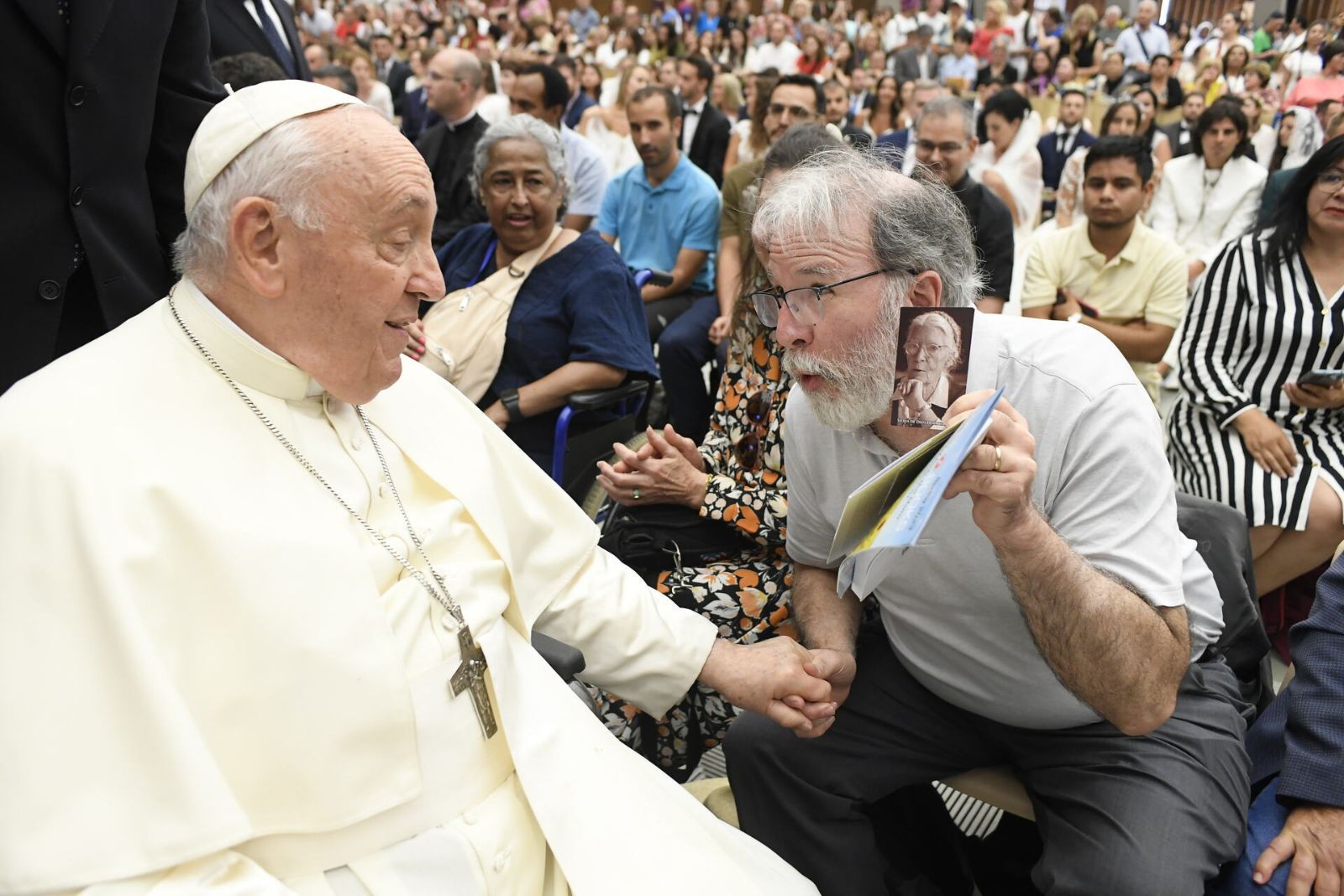
This meeting coincided with the release of Pope Francis’ new forward to Dorothy Day’s From Union Square to Rome, published in Italian as Ho Travato Dio Attraverso i Suoi Poveri (“I Found God through His Poor”). “Reading these pages of Dorothy Day and following her religious journey becomes an adventure that is good for the heart and can teach us so much to keep awakened in us a truthful image of God,” the Pope says in the new introduction. We’re looking forward to the spring release of the English-language edition, but for now, you can learn more about both the Meeting and the new forward here. Thanks to the National Catholic Register for their reporting on these updates; we also loved their recent editorial, “Dorothy Day: A witness for today,” which emphasizes the integral connection between Dorothy’s sacramental devotion and her fierce, dedicated love for the poor and calls her “a compelling witness of holiness, and hope, for our contemporary times.”
Finally, we’d like to call your attention to this profile of Maryknoll priest Father Joyalito Tajonera and his service to and advocacy for Filipino immigrant workers in Taiwan. You might remember hearing about Father Joy earlier this summer; Guild co-chairs Kevin Ahern and Deirdre Cornell had the opportunity to meet him in person a few months ago at the Maryknoll headquarters in Ossining, NY. As a young man, Father Joy immigrated to New York and was shocked by the poverty he saw. His current ministry has its genesis in the Catholic Worker tradition, which he first encountered when he volunteered at Maryhouse in the 1980’s. Now serving other immigrants as a missionary priest, he helps low-income workers advocate for themselves with exploitative bosses. He opened a center for the immigrant workers which he says runs “like a Catholic Worker house, a place where migrants could hang out, relax, eat and play games. A house that feels like home. And we’ve done that for 22 years. We don’t make too many rules except meal time and cleaning time. We’re open 24 hours a day. People know that if they walk in, they will be welcomed.” We have all been so struck by the hospitality Father Joy offers in his community and his retrieval of the Catholic Worker’s roots in the labor movement. Please keep his ministry in your prayers this season.

As many of us who study or work on school and college campuses return to the academic year, we remember how often the founders of the Catholic Worker movement spoke about education. Dorothy often spoke of the Catholic Worker as a sort of school, and certainly Peter was fond of promoting the agronomic university! To that end, we have a few invitations for all of you to our free online and in-person art and educational fall events.
In-person events in New York
First, some of you had a chance to view Kristi Pfister’s mosaics, painted scroll, and delicate fabric columns on Staten Island earlier this year. For those who missed it (or want to visit again!), we’re very pleased that Manhattan College’s O’Malley Library Gallery will host Pfister’s “Radical Action: Tracing Dorothy Day” from September 18th through December 16th. “Radical Action” is an installation of suspended fabric columns, marble mosaics, and mixed media work that explores the duality of Day's radical actions and her spiritual self. The mosaic's concrete strength contrasts with translucent columns on which Pfister has traced patterned fragments of drawings. A large-scale painted scroll presents Day as a modern-day caryatid leading a procession of activism.

You can come experience the exhibit at the O’Malley library gallery (4513 Manhattan College Parkway, Bronx, NY) daily this fall between 10 am and 6 pm. Please be especially sure to join us for a reception and artist talk on Thursday October 26th from 5-7pm. Pfister will deliver some brief remarks right at five. We hope to see you there!
In October, we will also be hosting a Manhattan walking pilgrimage of significant sites in Dorothy’s life and the early years of the Catholic Worker movement. Come with us on Saturday, October 21st, at 1:00 pm to visit the places where Dorothy prayed, protested, and offered the works of mercy for nearly 50 years. We’ll meet in Union Square and work our way southward, concluding with a vigil mass in the chapel at Maryhouse, Dorothy Day’s final home. To register and receive a map, please fill out this form.
Looking ahead to November, and back up to the Bronx, we look forward to welcoming Lincoln Rice, PhD, to Manhattan College for the annual Dorothy Day lecture, co-sponsored by the Dorothy Day Guild and the Dorothy Day Center for the Study and Promotion of Social Catholicism. Lincoln received his doctorate in moral theology from Marquette University in 2013 and has been a member of Milwaukee's Casa Maria Catholic Worker community since 1998. He is the author of Healing the Divide: A Catholic Racial Justice Framework Inspired by Dr. Arthur Falls, and editor of The Forgotten Radical Peter Maurin: Easy Essays From The Catholic Worker. Lincoln will speak to us this year on Peter Maurin’s philosophy, his significance for the Catholic Worker movement, and what we can learn from Peter today. This year’s lecture will take place on Thursday, November 2nd at 6:30 pm in the Alumni Room at Manhattan College’s O’Malley library.
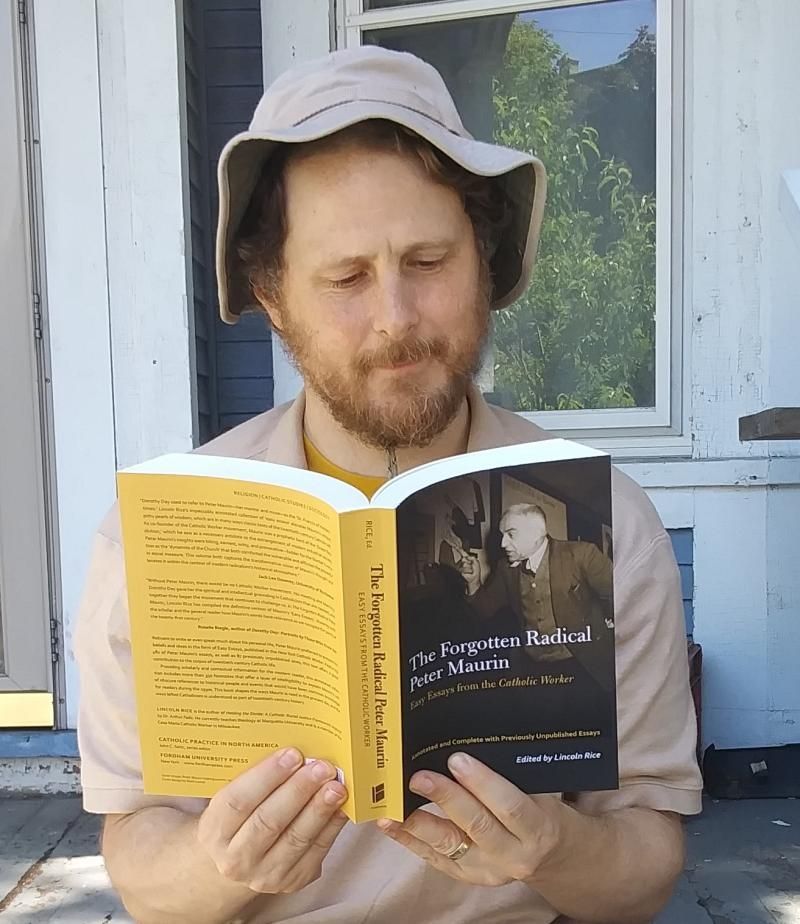
Online events
We also look forward to celebrating one of Dorothy’s favorite saints this fall, St. Thérèse of Lisieux, whose feast day is next month. Although she was initially put off by Therese’s ‘littleness,’ Day came to see the spirituality of St. Therese as a powerful force for social change in an increasingly anxious and depersonalized world. I am thrilled to be hosting an October reading group and book club of Dorothy Day’s Thérèse which will meet over Zoom on four Wednesdays, October 4th, 11th, 18th, and 25th, from 8-9pm Eastern/7-8pm Central. If you’re interested in learning more and discussing how Dorothy understood the social message of St. Thérèse’s Little Way, please sign up using this form. You can find a copy of Thérèse, by Dorothy Day at your local library, or get your own at Ave Maria Press We’ll also be adding a complementary lecture series on this book to our YouTube channel, so stay tuned!
A few words from Dorothy
This past weekend, I had the opportunity to spend time with Catholic Workers from across the Midwest at the annual Sugar Creek gathering in Iowa. It was great to see a few friends and members of the Guild there! We had a chance to hear some updates from a few of the US-based Catholic Workers who participated in the August Peace Camp in the Netherlands and Germany, protesting nuclear weapons stockpiling as well as those who are working to end the constant preparation for war here in the United States. For me, hearing about so many small, interconnected efforts to preserve life and defend human dignity and the goodness of creation is incredibly encouraging. In her time, Dorothy saw this work as an extension of the Little Way of St.Thérèse into the social sphere, writing that,
“The seeds of this teaching are being spread, being broadcast, to be watered by our blood perhaps, but with a promise of a harvest. God will give the increase. At a time when there are such grave fears because of the radioactive particles that are sprinkled all over the world by the hydrogen bomb tests, and the question is asked, what effect they are going to have on the physical life of the universe, one can state that this saint, of this day, is releasing a force, a spiritual force, upon the world to counteract that fear and that disaster. We know that one impulse of grace is of infinitely more power than a cobalt bomb. Therese has said, ‘All is grace.’”
So many of you are, in various ways, engaged in sowing the seeds of justice in your own communities. Please know that all of us at the Dorothy Day Guild are encouraged by and grateful for you! We know that this work is difficult, and that you may not be able to see the end result of your efforts now, but we trust that God will use every act of love, every protest against violence and exclusion to bring forth a fruitful harvest of peace.
Yours,
Dr. Casey Mullaney, on behalf of the Dorothy Day Guild
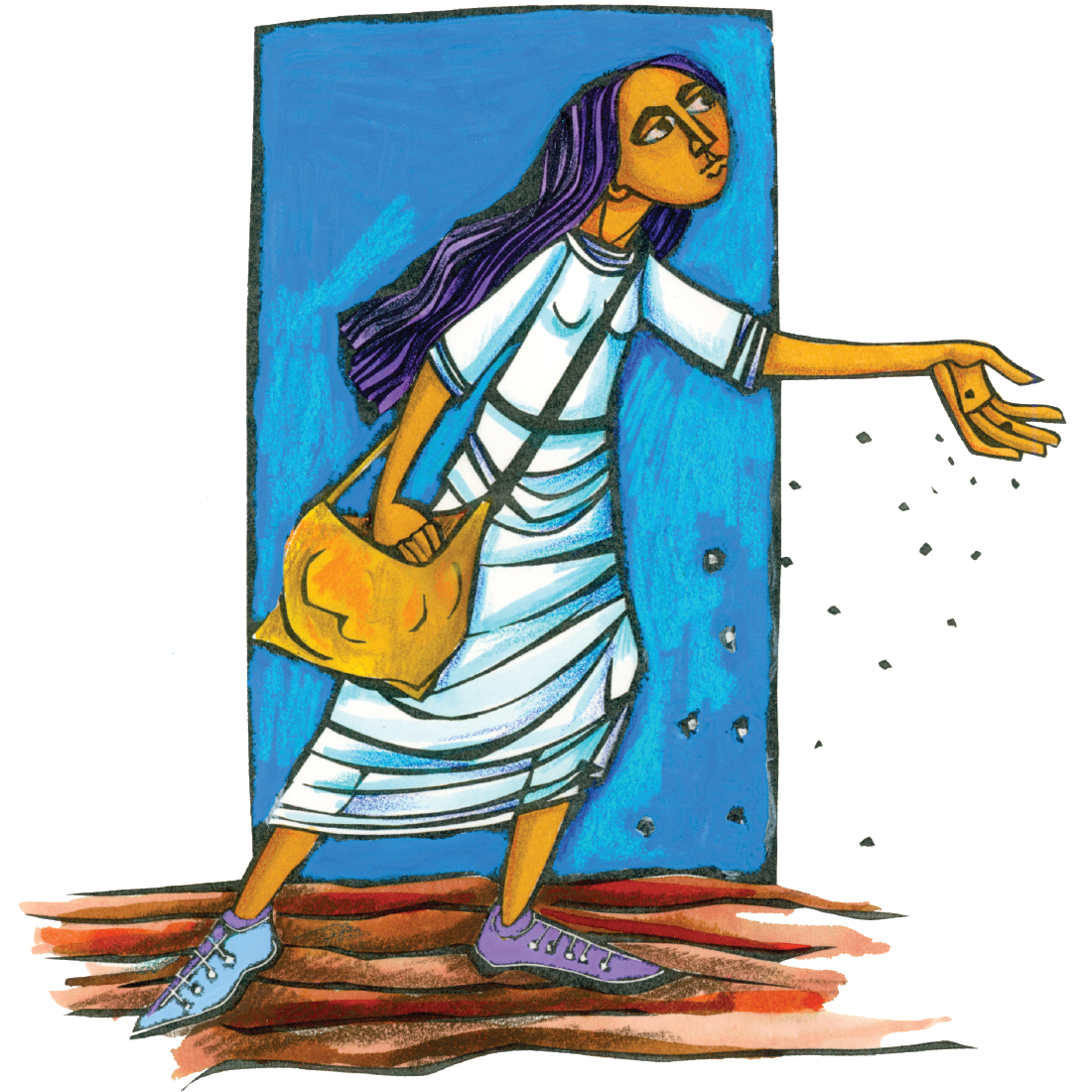
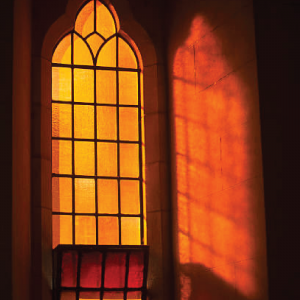
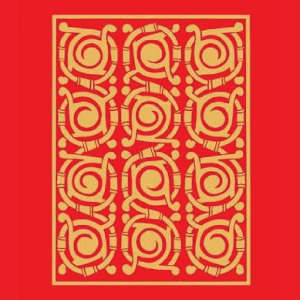
A Woman of Conscience, a Saint for Our Time
The Dorothy Day Guild supports and advances the cause for canonization of Dorothy Day, initiated by the Archdiocese of New York as a saint by the Roman Catholic Church, and promotes, for the benefit of all people interested in social justice, awareness of Dorothy Day, her writings, the Catholic Worker Movement she co-founded, and her life and witness to the Gospel.
QUICK LINKS
© 2023 All Rights Reserved | Dorothy Day Guild | This site is powered by Neon One

